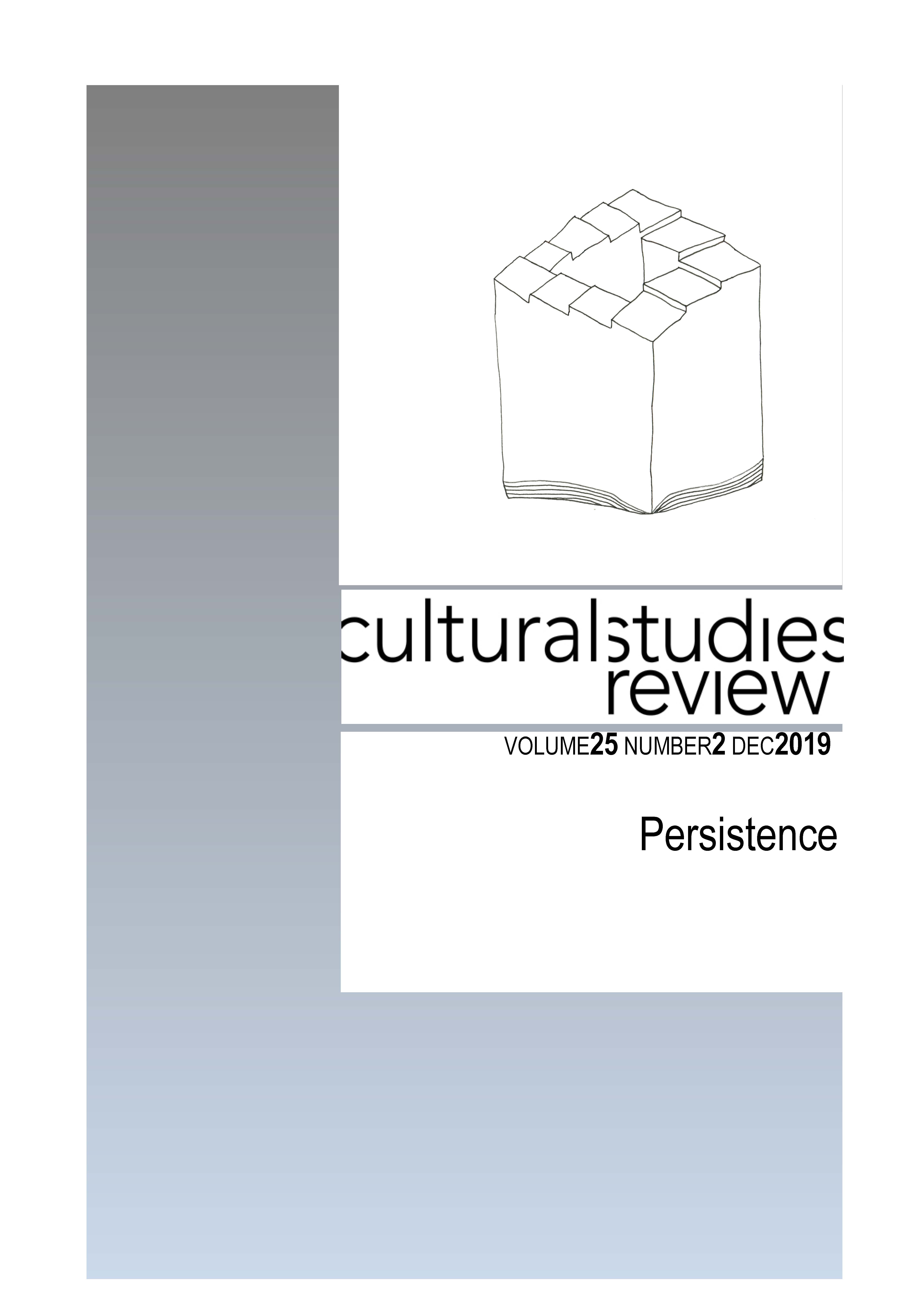Engendering the Anthropocene in Oceania: Fatalism, Resilience, Resistance
Main Article Content
Abstract
The concept of the Anthropocene confounds Eurocentric distinctions of natural and human history, as Dipesh Chakrabarty observes. But who are ‘we’ in the Anthropocene, how do notions of our shared humanity contend with the cascading global inequalities of place, race, class and gender. Oceania is often said to have contributed the least and suffered the most from climate change. Pacific women, and especially those living on low lying atolls, have been portrayed as the most vulnerable to the disastrous consequences of climate change. This focuses on sea level rise and the toxic mixing, the elemental confusion of salt and fresh water caused by atmospheric changes and global warming. While not negating the gravity of present and future scenarios, how can we move beyond the pervasive fatalism of foreign framings and seemingly opposed clichéd evocations of ‘resilience’? The moniker of the Pacific Climate Warriors 350.org ‘We are not drowning, we are fighting’ evokes a contrary trope of resistance and resonates with Oceanic activism in politics and the creative arts.[i] Tracing such a genealogy of resistance might start with a greater respect for Indigenous knowledges and embodied practices in contemporary understandings of ‘climate cultures’ in Oceania which do not routinely distinguish between natural and human history.[ii]
Article Details
Section
Authors who publish with this journal agree to the following terms:
a) Authors retain copyright and grant the journal right of first publication with the work simultaneously licensed undera Creative Commons Attribution License that allows others to share and adapt the work with an acknowledgement of the work's authorship and initial publication in this journal.
b) Authors are able to enter into separate, additional contractual arrangements for the non-exclusive distribution of the journal's published version of the work (e.g., post it to an institutional repository or publish it in a book), with an acknowledgement of its initial publication in this journal.
c) Authors are permitted and encouraged to post their work online (e.g., in institutional repositories or on their website) prior to and during the submission process, as it can lead to productive exchanges, as well as earlier and greater citation of published work (See The Open Access Citation Advantage Service). Where authors include such a work in an institutional repository or on their website (ie. a copy of a work which has been published in a UTS ePRESS journal, or a pre-print or post-print version of that work), we request that they include a statement that acknowledges the UTS ePRESS publication including the name of the journal, the volume number and a web-link to the journal item.
d) Authors should be aware that the Creative Commons Attribution (CC-BY) License permits readers to share (copy and redistribute the work in any medium or format) and adapt (remix, transform, and build upon the work) for any purpose, even commercially, provided they also give appropriate credit to the work, provide a link to the license, and indicate if changes were made. They may do these things in any reasonable manner, but not in any way that suggests you or your publisher endorses their use.
